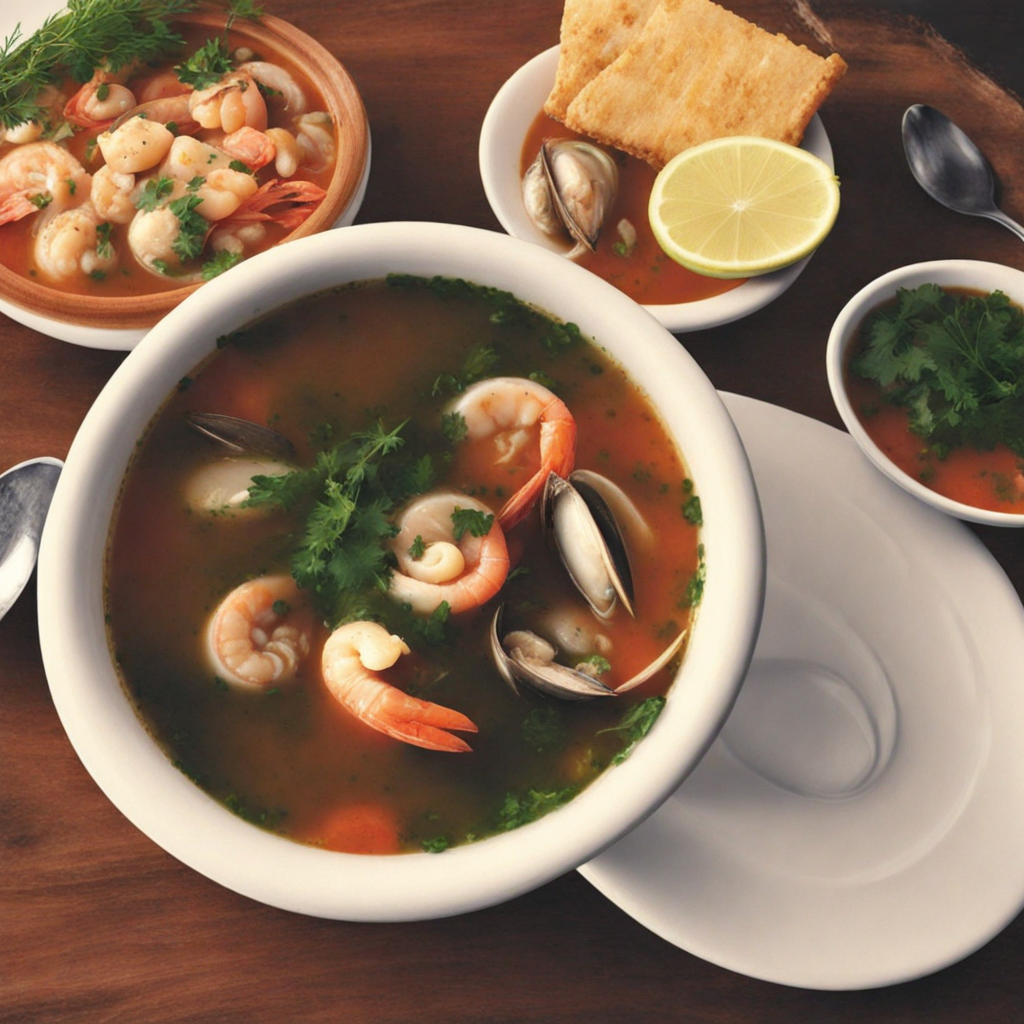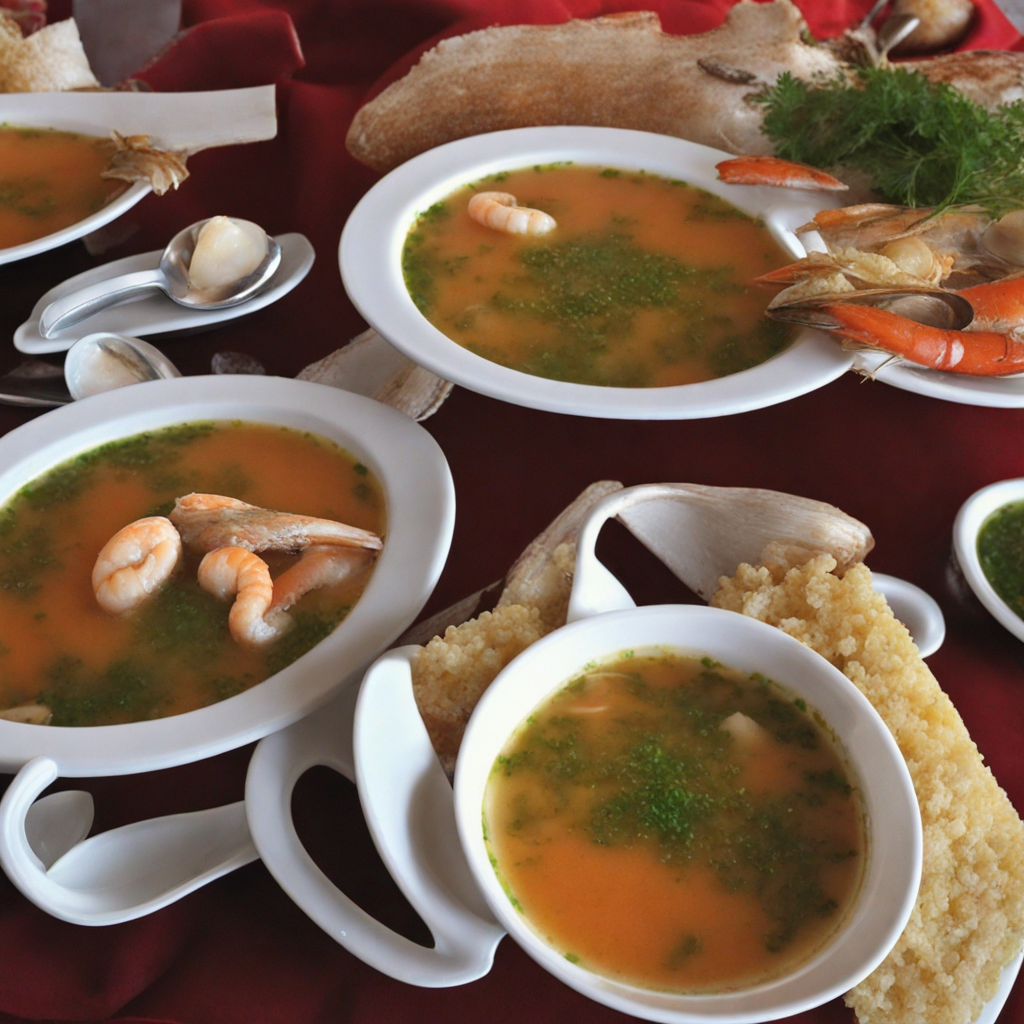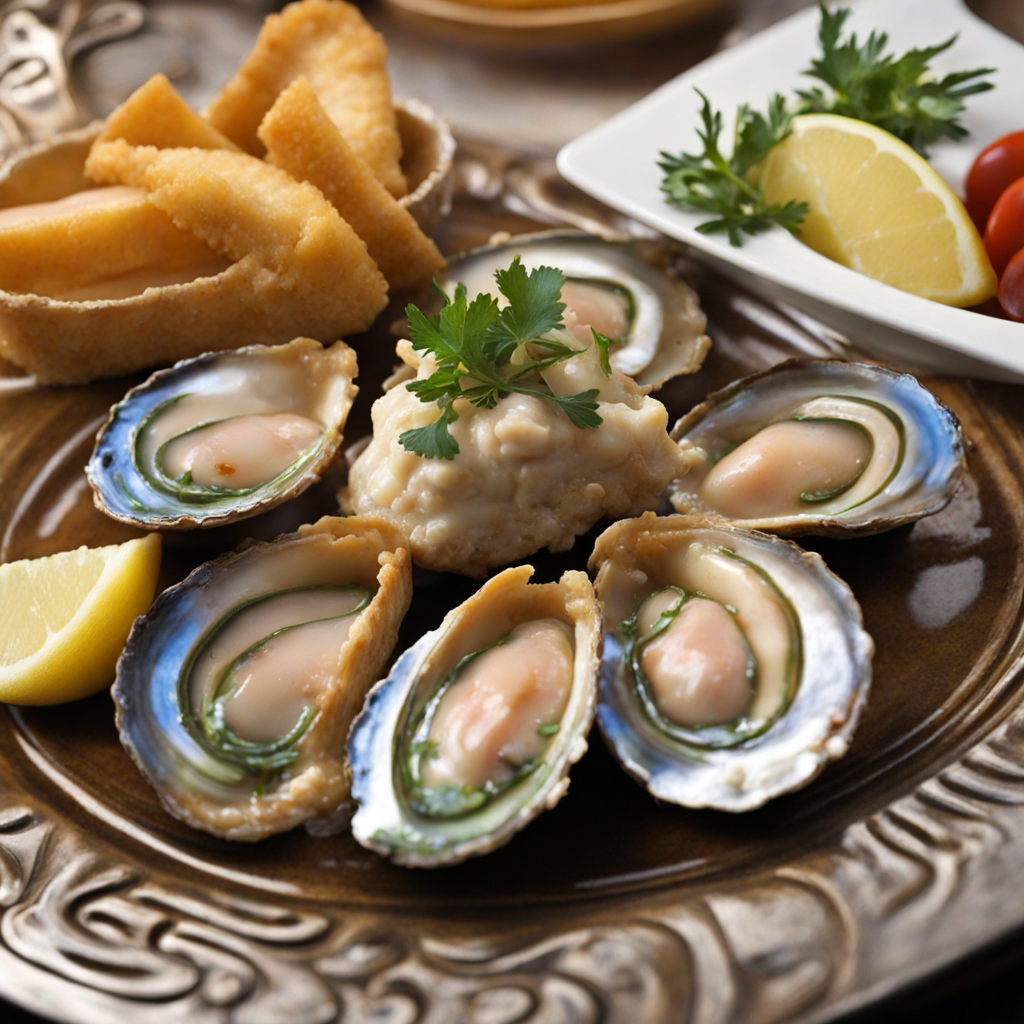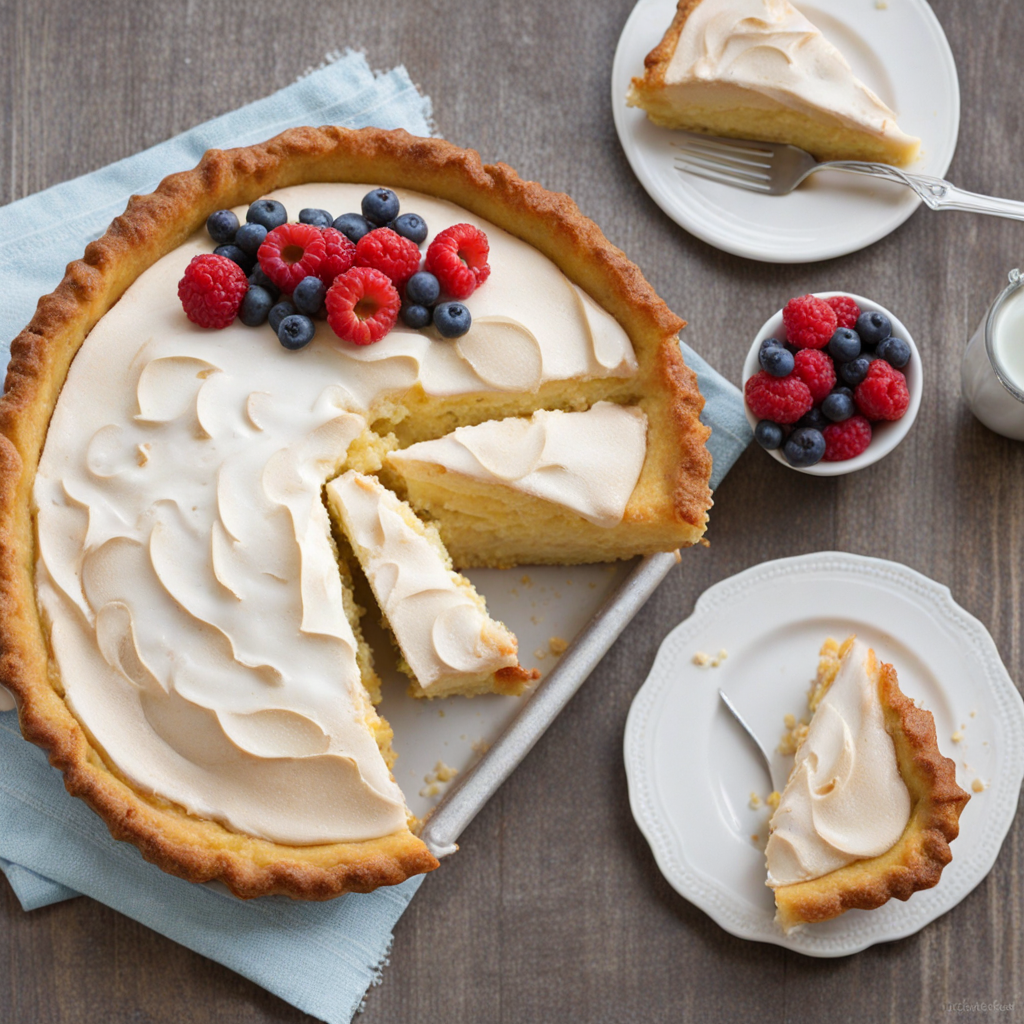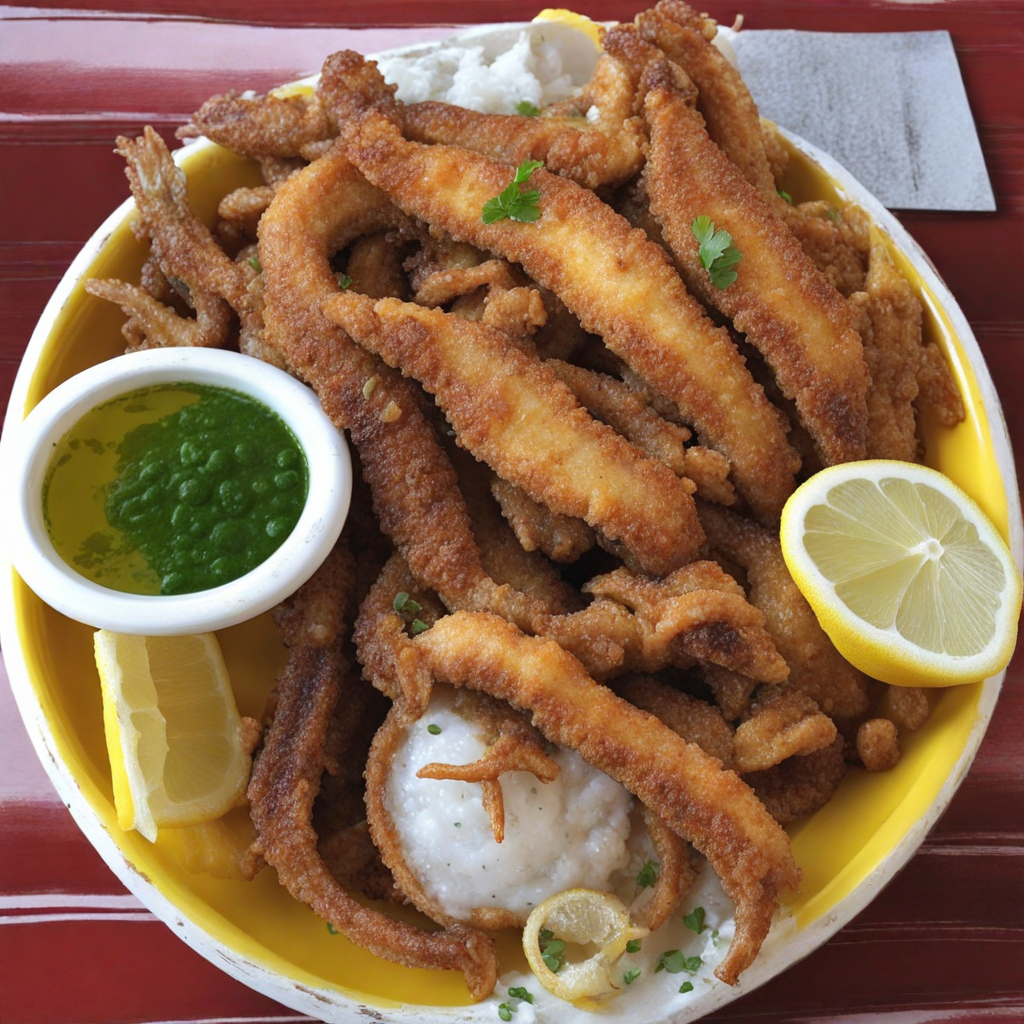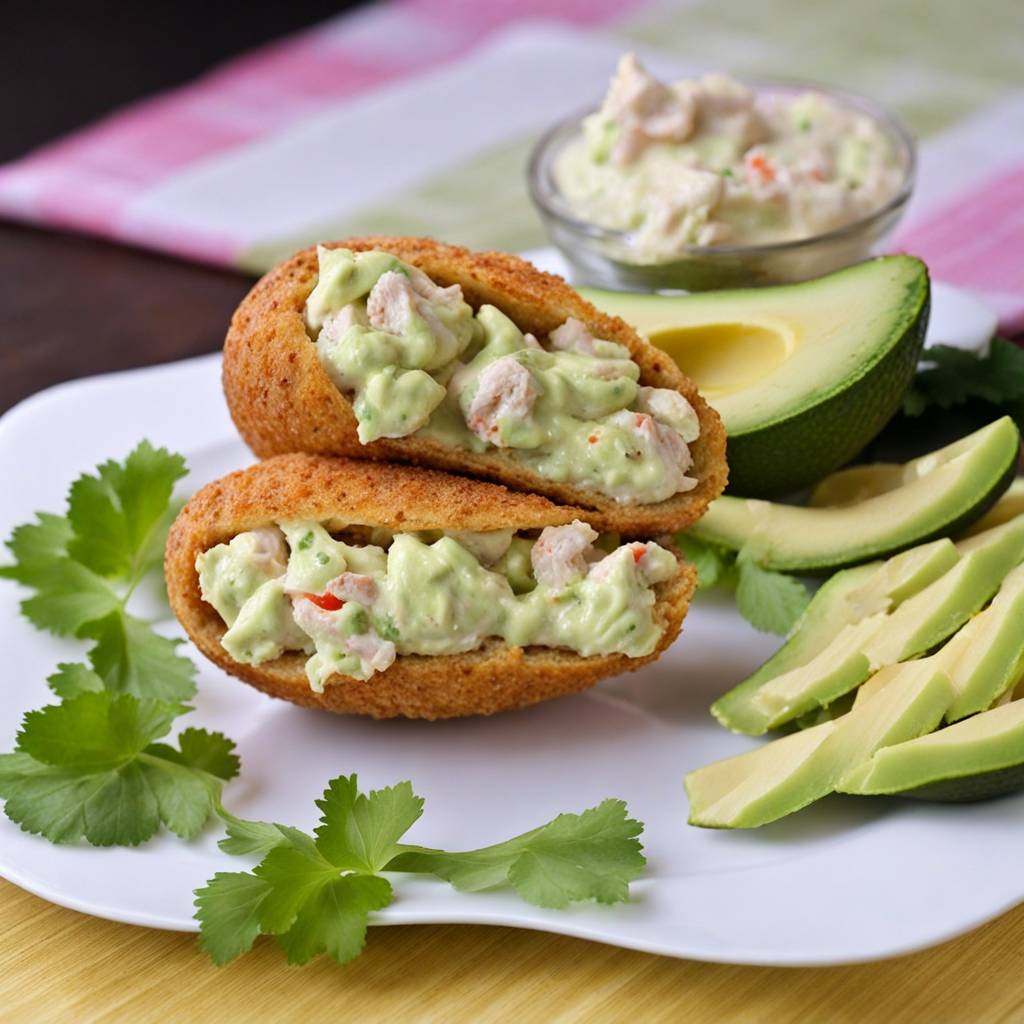Paila Marina
Paila Marina is a traditional Chilean seafood stew that encapsulates the essence of the Pacific Ocean with its vibrant flavors and aromatic ingredients. This dish typically features a delightful medley of fresh seafood, including mussels, clams, shrimp, and fish, all simmered together in a rich broth. The base is often created using a combination of fish stock, white wine, and a touch of cream, which adds a silky texture and depth to the dish, allowing the natural sweetness of the seafood to shine through. Fresh herbs such as cilantro and parsley are used generously, infusing the stew with a refreshing brightness that complements the oceanic notes beautifully. One of the standout characteristics of Paila Marina is its unique blend of spices and aromatics. Typical ingredients include garlic, onion, and bell peppers, sautéed to create a fragrant foundation. A hint of chili pepper or paprika can add a subtle heat, while a splash of lemon juice brightens the overall flavor profile. The combination of these elements creates a harmonious balance between the briny essence of the ocean and the warmth of the spices, making each spoonful a delightful experience. Served in a deep bowl, Paila Marina is often accompanied by crusty bread or a side of rice, ideal for soaking up the delicious broth. It is not only a comforting dish but also a celebration of Chile's rich maritime heritage, making it a must-try for anyone looking to explore authentic Chilean cuisine. The communal aspect of sharing this stew among friends and family adds to its charm, turning each meal into a flavorful gathering that honors the bounty of the sea.
How It Became This Dish
The Delicious History of Paila Marina: A Chilean Culinary Treasure #### Origins: The Birth of Paila Marina Paila Marina, a culinary gem from the coastal regions of Chile, is a seafood stew that embodies the rich maritime culture of the country. Its origins can be traced back to the indigenous peoples of Chile, particularly the Mapuche and the coastal tribes, who relied heavily on the sea for sustenance. These early inhabitants developed methods of fishing and gathering shellfish that laid the groundwork for what would eventually evolve into Paila Marina. The term “paila” refers to a shallow, wide dish or pot, often made of clay, that is used for cooking and serving food. This vessel is essential for preparing the dish, as it allows for even cooking and enhances the flavors of the ingredients. The word “marina” indicates its marine origins. Historically, this dish likely consisted of whatever fresh seafood was available, including fish, shellfish, and crustaceans, prepared simply to highlight the natural flavors of the ocean. #### Cultural Significance: A Reflection of Coastal Life Paila Marina is more than just a dish; it is a reflection of Chile's cultural identity and its deep connection to the Pacific Ocean. The Chilean coast, stretching over 4,300 kilometers, is home to a plethora of marine life, making seafood a staple in the diet of many Chileans. The dish is emblematic of the coastal culture, showcasing the bounty of the sea and the importance of fishing in the livelihoods of coastal communities. In Chile, Paila Marina is often associated with family gatherings and celebrations. It is a dish that brings people together, typically enjoyed during weekends or special occasions. The preparation of Paila Marina is often a communal affair, with family members participating in the selection of fresh ingredients from local markets and the cooking process. This shared experience fosters a sense of community and belonging, making Paila Marina a cherished tradition. #### Development Over Time: From Tradition to Modernity As Chile evolved, so did Paila Marina. The dish has undergone numerous transformations, influenced by various culinary styles and cultural exchanges. The arrival of Spanish colonizers in the 16th century introduced new ingredients and cooking techniques that enriched the Chilean culinary landscape. The fusion of indigenous and European influences can be seen in Paila Marina, which may incorporate elements from traditional Spanish seafood stews, such as the use of spices and herbs. In the late 19th and early 20th centuries, the dish became increasingly popular in urban centers like Valparaíso and Santiago. The growth of the fishing industry and the accessibility of seafood led to a wider appreciation of Paila Marina among the Chilean population. Restaurants specializing in seafood began to emerge, and Paila Marina found its place on menus across the country, often served alongside traditional Chilean accompaniments like pebre, a fresh salsa made from tomatoes, onions, and cilantro. In contemporary Chile, Paila Marina has continued to evolve, reflecting global culinary trends while maintaining its traditional roots. Chefs are experimenting with new ingredients and presentations, incorporating elements from international cuisines. For instance, the use of coconut milk or Asian spices has become a popular variation, showcasing the adaptability of this beloved dish. These modern interpretations have helped to elevate Paila Marina, bringing it to the attention of food enthusiasts both in Chile and abroad. #### The Ingredients: A Symphony of the Sea At its core, Paila Marina is a celebration of the ocean’s bounty. The dish typically features a variety of seafood, including fish, mussels, clams, shrimp, and sometimes octopus or squid. The choice of ingredients often depends on what is fresh and available, making each preparation unique. The traditional preparation begins with sautéing onions, garlic, and peppers in olive oil, which forms the aromatic base of the stew. Once the aromatics are softened, a splash of white wine or seafood stock is added, allowing the flavors to meld together. The seafood is then introduced, often accompanied by a sprinkle of paprika, cumin, and fresh herbs like cilantro or parsley. The dish is traditionally served hot, often in the paila itself, allowing diners to enjoy the vibrant colors and aromas. A squeeze of fresh lemon or lime is typically added just before serving, enhancing the dish’s freshness. It is commonly accompanied by crusty bread, perfect for soaking up the flavorful broth. #### Paila Marina in Contemporary Chile Today, Paila Marina remains a beloved staple of Chilean cuisine, cherished by locals and visitors alike. Its cultural significance endures, as it continues to be a dish that brings people together. Many coastal towns hold festivals celebrating seafood and local culinary traditions, where Paila Marina often takes center stage. Tourism has also played a role in the dish's resurgence. Culinary tourism is on the rise in Chile, with travelers seeking authentic experiences and local flavors. Food festivals, cooking classes, and guided seafood tours have helped to promote Paila Marina, allowing visitors to learn about its preparation and enjoy it in scenic coastal settings. Moreover, the global appreciation for sustainable seafood has given Paila Marina a new dimension, as chefs emphasize the importance of using locally sourced, sustainable ingredients. This shift not only supports local fishermen and communities but also aligns with a growing awareness of environmental responsibility. #### Conclusion: A Dish of Heritage and Innovation Paila Marina is more than just a seafood stew; it is a testament to the rich history and cultural heritage of Chile. From its indigenous roots to its modern interpretations, the dish embodies the spirit of the Chilean people and their connection to the sea. As it continues to evolve, Paila Marina remains a symbol of community, tradition, and the vibrant flavors of the Chilean coast, inviting everyone to savor a taste of history with each delicious bite.
You may like
Discover local flavors from Chile


